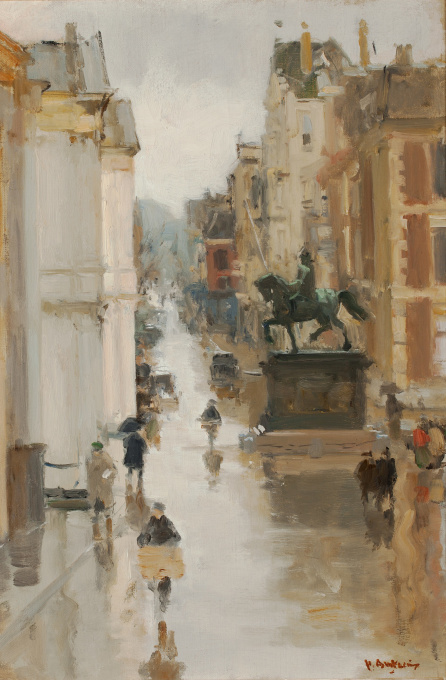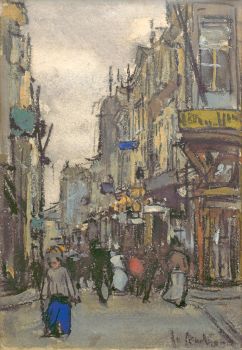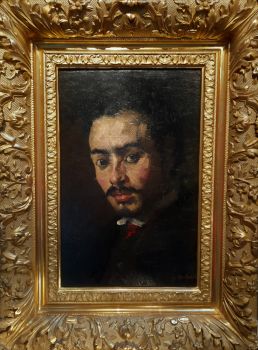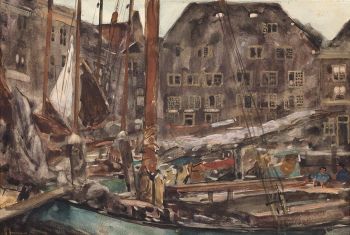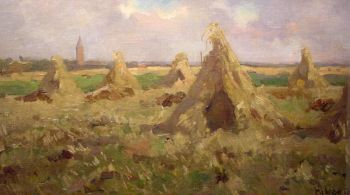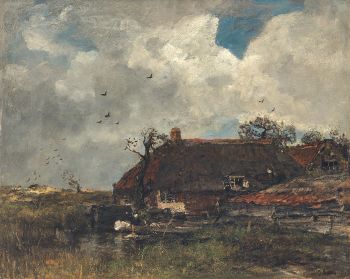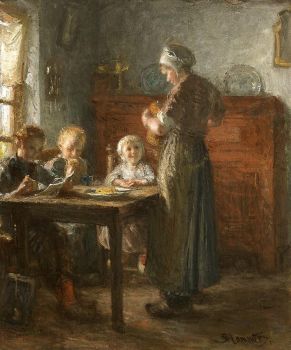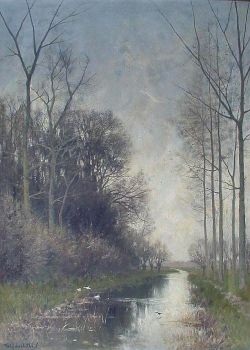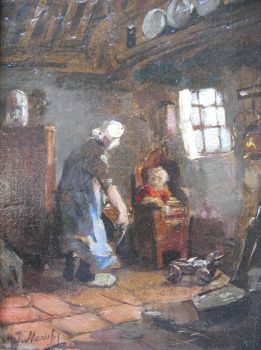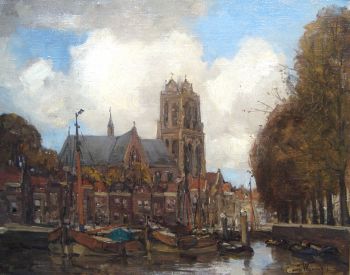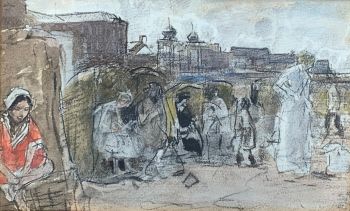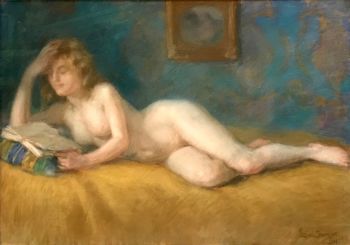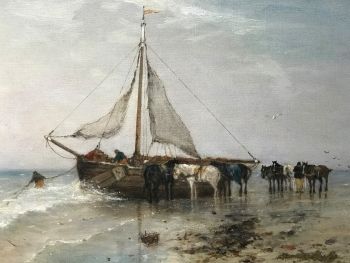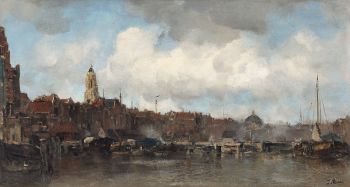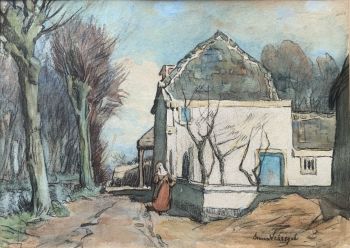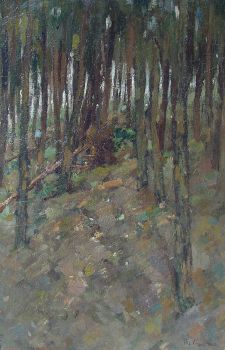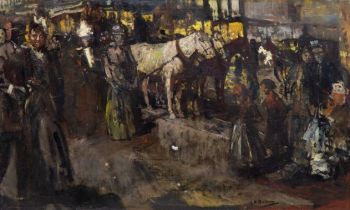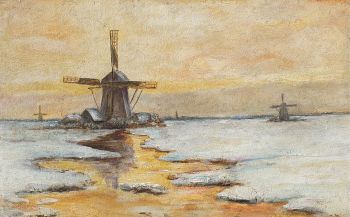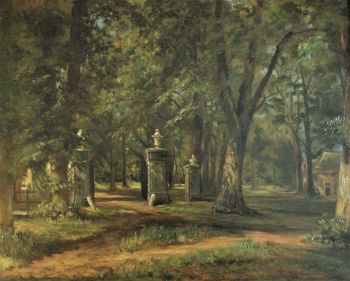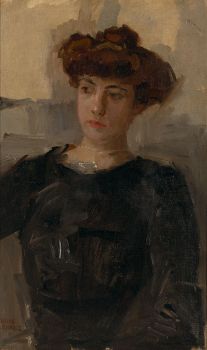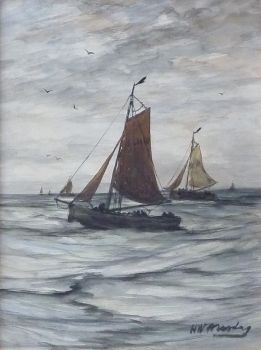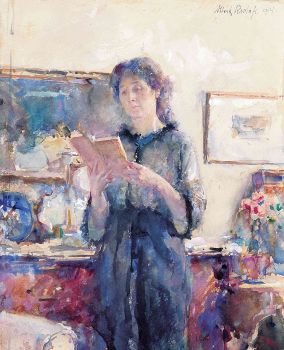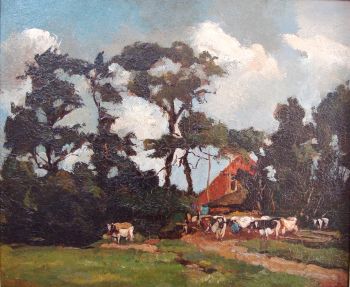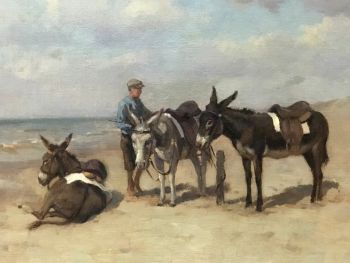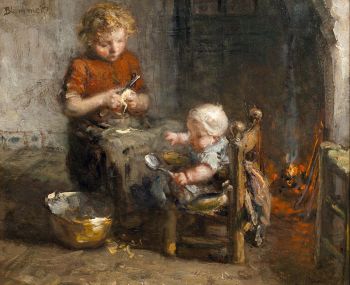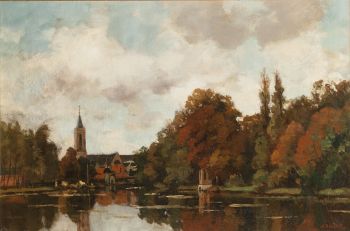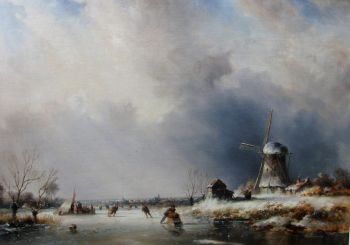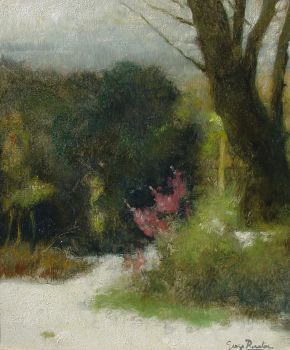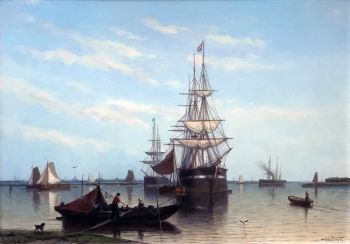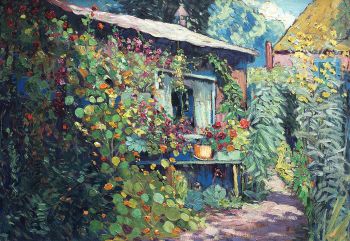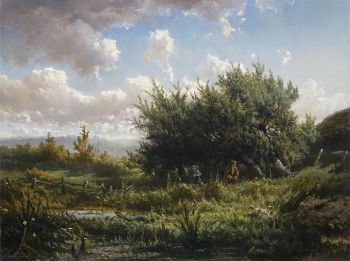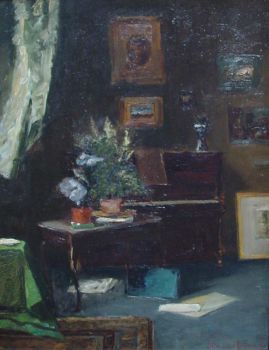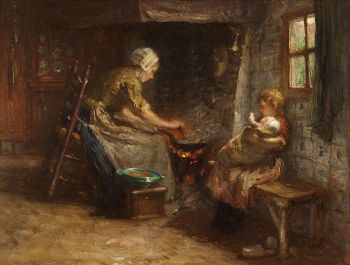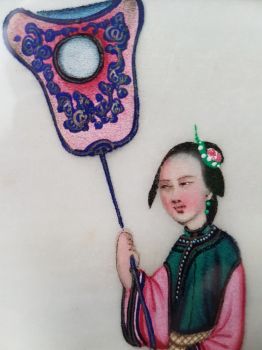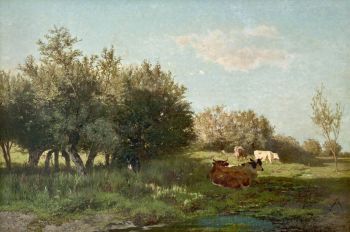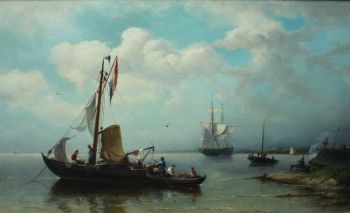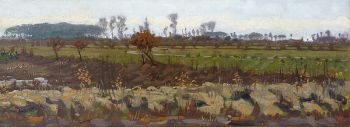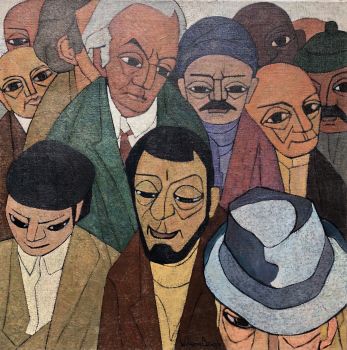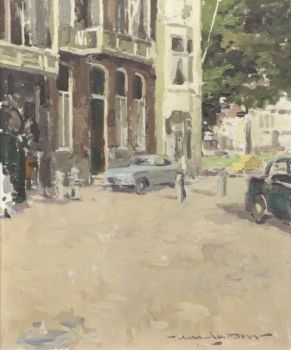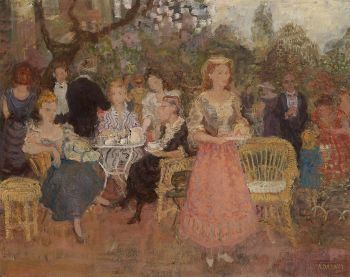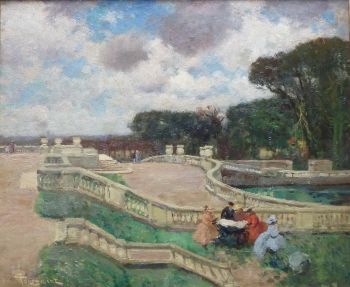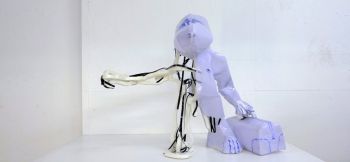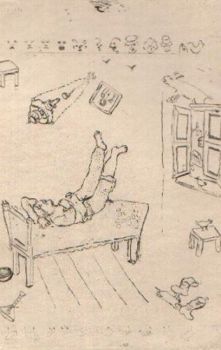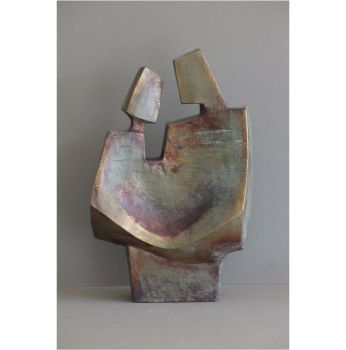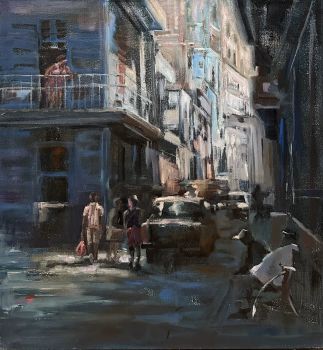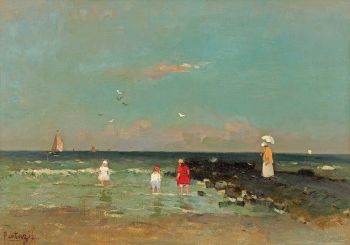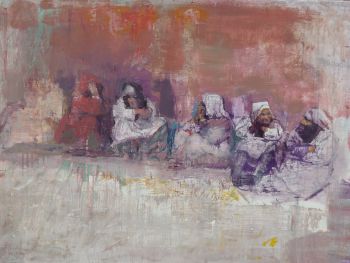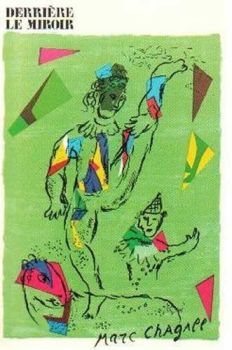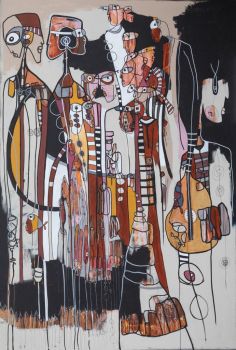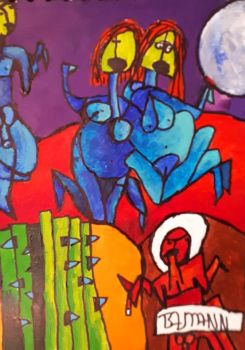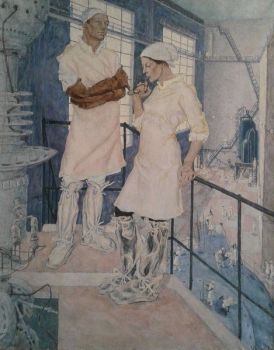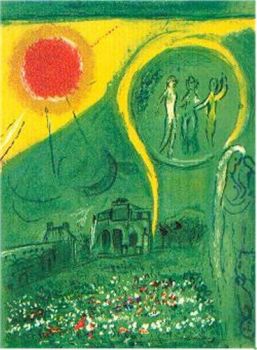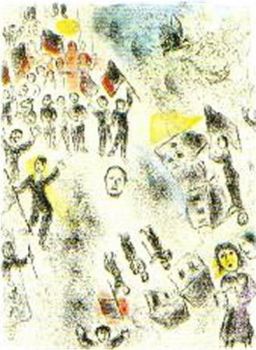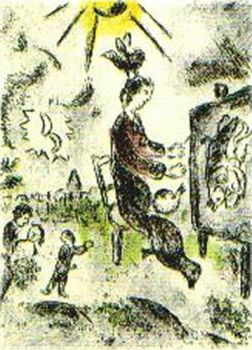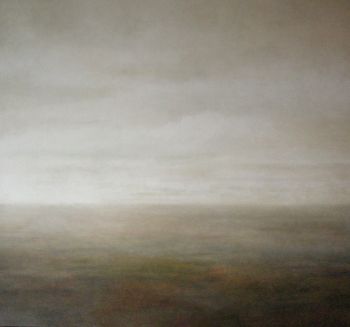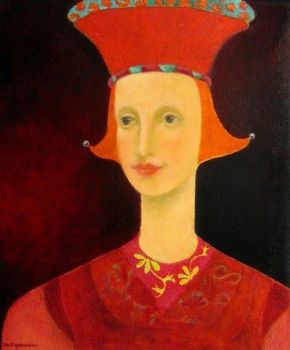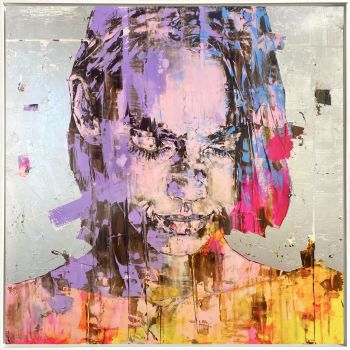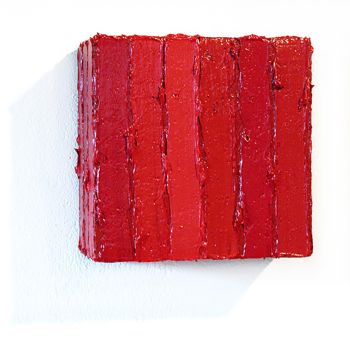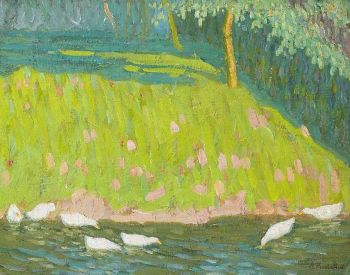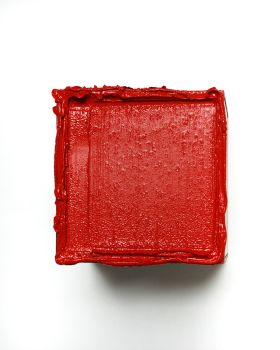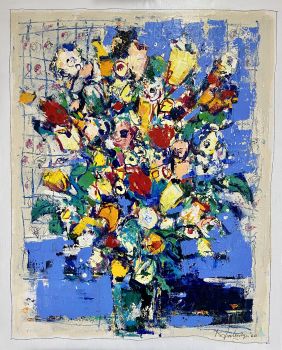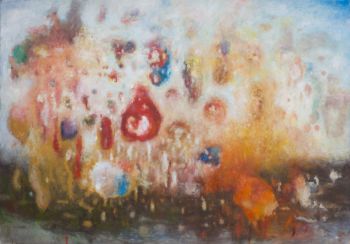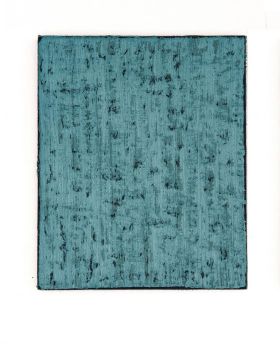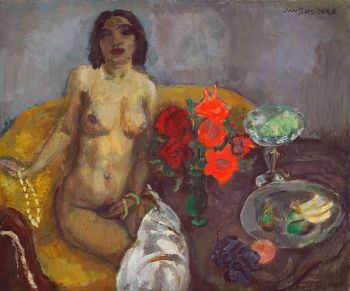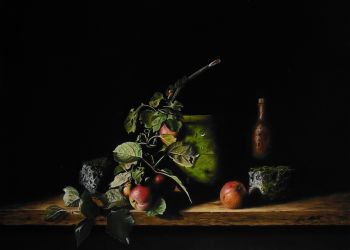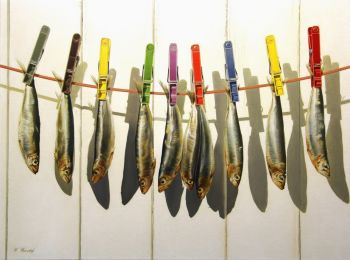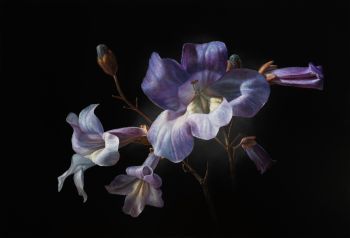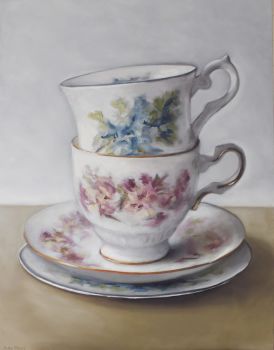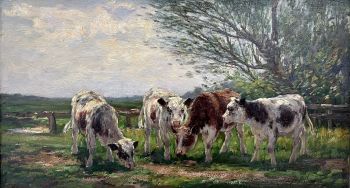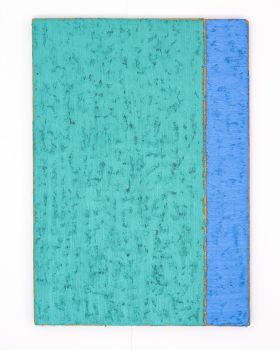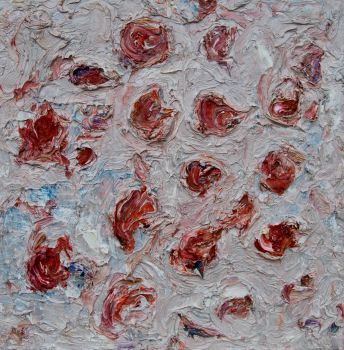A View of the Noordeinde, The Hague 1875 - 1925
Floris Arntzenius
CanvasOil paintPaint
47 ⨯ 32 cm
Currently unavailable via Gallerease
- About the artworkA view of the Noordeinde, The Hague
Floris Arntzenius (Surabaya 1864-1925 The Hague)
Signed: 'F. Arntzenius' (lower right) | oil on canvas
Pieter Florentius Nicolaas Jacobus Arntzenius (9 June 1864 – 16 February 1925) was a Dutch painter, water-colourist, illustrator and printmaker. He is considered a representative of the younger generation of the Hague School.
In 1882 he became a student of Frederik Nachtweh, under Nachtweh's supervision he gained admission to the Rijksacademie van Beeldende Kunsten. During his time at the Rijksacademie, from 1883 to 1888, his teachers included August Allebé and Barend Wijnveld, and amongst his fellow students were Isaac Israëls, George Breitner, Willem Witsen and Jan Veth. After his studies in Amsterdam he spent another two years at the Koninklijke Academie voor Schone Kunsten in Antwerp, studying under Charles Verlat.
Arntzenius was an accomplished artist. During his first years in The Hague, he painted landscapes in the typical Hague School style. Arntzenius later switched to mainly painting cityscapes and street scenes, just like Israëls and Breitner made in Amsterdam. Arntzenius' cityscapes were painted mainly in misty or rainy weather, he made use of these weather conditions to have his subjects be reflected on the wet asphalt.
This painting is a great example of his skills and shows he was a true master of the The Hague city views. - About the artist
Floris Arntzenius trained at the Rijksacademie, Amsterdam, along with Isaac Israels, Willem Witsen and G.H. Breitner, whose impressionist style of painting he hugely admired. After a further year’s study at the art academy in Antwerp, the painter concentrated on making landscapes and city scenes.
He only gained real success with his work when he moved to The Hague and began painting spontaneous impressions of the city’s bustling life, preferably in misty or rainy conditions. He painted landscapes, beaches with figures and portraits as well.
Artwork details
Category
Subject
Style
Material & Technique
Colour
Related artworks
- 1 - 3 / 3
Willem Maris
Polderlandschap met koeien en molens op warme zomerdag1880 - 1890
Price on requestPrivate Collection Classic Arts
Fredericus Jacobus van Rossum du Chattel
Poldervaart in the Vecht river region1899 - 1901
Price on requestKunsthandel Pygmalion
Aris Knikker
Riverview with a village (Kortenhoef, Netherlands)1887 - 1962
Price on requestKunsthandel Pygmalion
Herman Bogman jr.
Flower still life of a nasturtium in a blue vase1950 - 1965
Price on requestAdelwein Kunst
Isaac Israels
"Een essayeuse bij het modehuis Hirsch"1865 - 1934
Price on requestStudio 2000 Art Gallery
1 - 4 / 24Fredericus Jacobus van Rossum du Chattel
Poldervaart in the Vecht river region1899 - 1901
Price on requestKunsthandel Pygmalion
Carel Nicolaas Storm van 's Gravesande
My studio in Bruxelles1841 - 1924
Price on requestKunsthandel Pygmalion
Bernardus Johannes Blommers
Het bereiden van de maaltijd1870 - 1914
Price on requestStudio 2000 Art Gallery
Gijsbertus Jan Sijthoff
Interior scene with a woman doing needlework1890 - 1920
Price on requestVan der Aalst Fine Art
1 - 4 / 24- 1 - 4 / 24
- 1 - 4 / 24

